Bayeux, in the heart of Normandy, is a charming town whose medieval core, largely untouched by World War II, is reason enough to visit and be enchanted.
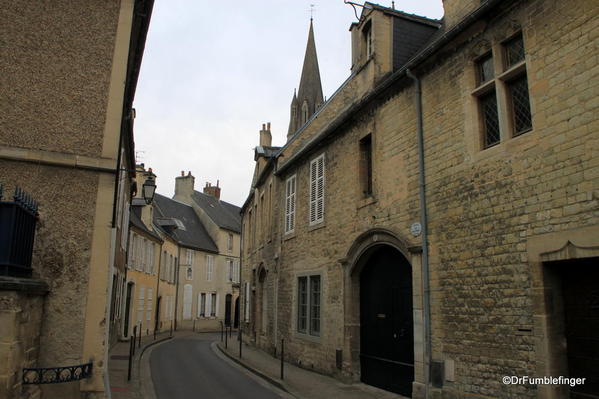 And yet, the city's fame rests heavily on its role as a witness to invasions—one as the base for William the Conqueror's 1066 conquest of England and the other as the first non-coastal city in France to be liberated in 1944.
And yet, the city's fame rests heavily on its role as a witness to invasions—one as the base for William the Conqueror's 1066 conquest of England and the other as the first non-coastal city in France to be liberated in 1944.
Memories of both are easy to find in Bayeux, from the cathedral dedicated by William and the world-famed tapestry recounting his story to a series of D-Day based sites including museums, memorials and a war cemetery.
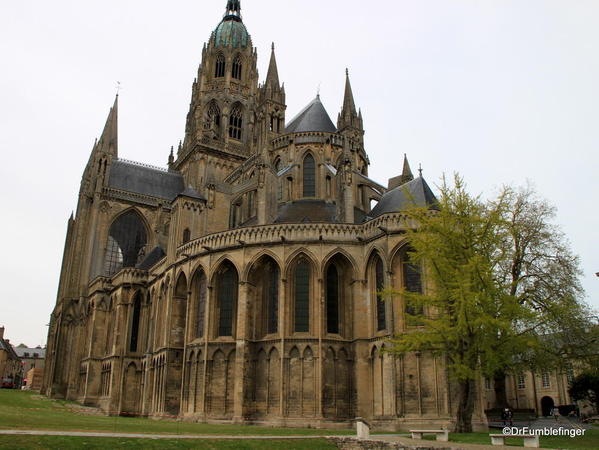
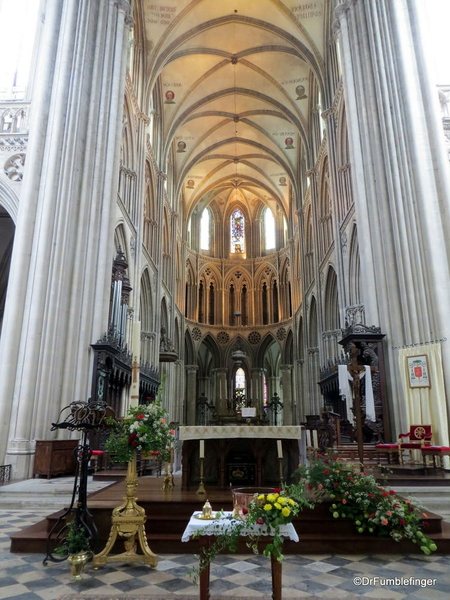
The Cathedral is a good starting point for a visit. The cathedral was inaugurated by William the Conqueror himself, a native of the region, in 1077. The narrow curving streets have charming shops and cafes and are most pleasant to stroll in. It has a unique and world famous medieval tapestry and its small museums celebrate the region’s history and crafts, including embroidery, lace and porcelain.
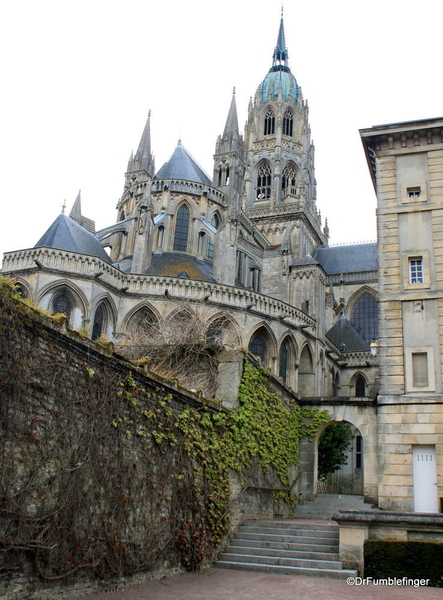
Notre-Dame Cathedral: Situated in the center of Bayeux, it’s a magnificent cathedral as large as Paris’ Notre-Dame Cathedral, and dominates the old town. The church has lovely carvings, a beautiful altar and stained glass windows. As mentioned, it was inaugurated by William the Conqueror and was thought to have displayed the Bayeux tapestry as a decoration at the end of the 12th century to help remind the mostly illiterate people of the time of their local hero’s successes.
The Bayeux Tapestry: A unique item unlike anything else I've ever seen, and of great historic importance because it documents details of life in the 11th century. The tapestry is on the UNESCO Memory of the World registry. It’s a linen cloth with wool embroidery which is 70 meters long, 50 centimeters high and weighs almost 350 kg!
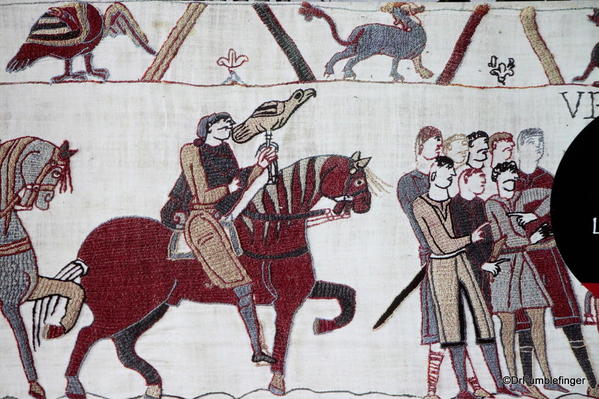
On it are embroidered a series of panels — a sort of comic or cartoon, really — which tell the story of William the Conqueror, Duke of Normandy, and his conquest of England, including his victory against England’s King Harold (who had betrayed William) in the famous Battle of Hastings in 1066. The tapestry is thought to have been commissioned at the end of 11th century by Bishop Odon, William the Conqueror’s brother, to decorate the Bayeux Cathedral cathedral. It’s remarkable that it has survived more than 900 years and that you can view all of it.
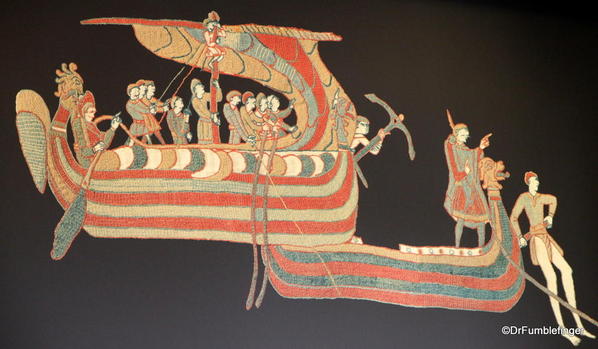
The tapestry is housed in its own museum, your visit beginning with an actual viewing of it in a darkened U-shaped room where it is displayed behind glass. An excellent audio guide is included with your admission and helps explain the details of the tapestry as you view it. I found it all quite fascinating! The second story of the museum has displays pertaining to that period, including weapons, clothing, boats, and a fifteen minute documentary film of the battle.
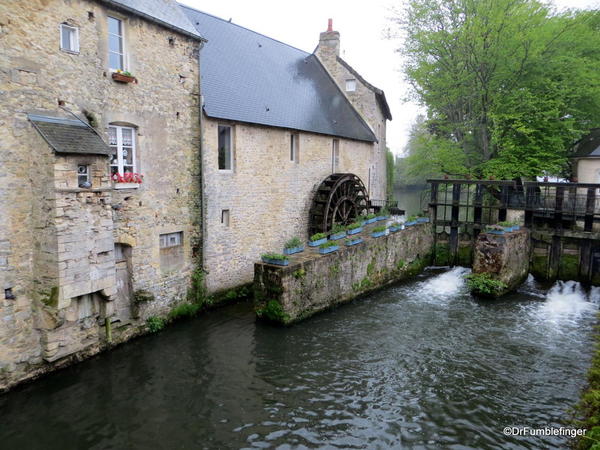
Explore the old medieval town: A very compact and charming site, with narrow curving lanes and ancient buildings. One of my favorite medieval towns anywhere! Also take some time to walk by the Aure River as it winds its way through the town.
Visit at least one of its small museums: Conservatoire de la Dentelle (Lace Conservatory) preserves and promotes traditional lace-making skills which go back over 300 years. The MAHB is a small, easy-to-visit museum takes you through the history of the Bayeux, starting with Roman ruins and on toward the town’s known porcelain and lace products. MAHB is housed in the old Bishop’s Palace.
D-Day attractions: The British Military Cemetery, at the edge of Bayeux, has over 4,000 gravestones. While mostly British soldiers are buried here, there are remains from many countries involved in WWII, including Germany, but none from the USA (the US government requires these be buried on US property, such as the American Cemetery at Omaha beach).
The Battle of Normandy Memorial Museum is across the street from the British Cemetery and retraces the key events in the 1944 Battle of Normandy. Just next to the British cemetery is a Monument to Reporters, with stone monuments honoring reporters and photojournalists who died performing their jobs, from 1944 to today.
We spent two nights and a full day in Bayeux, and one more day would have been even better. I think the nicest people in France we met were in Normandy and especially here in Bayeux. It is one of the few places in Europe where the sacrifices of tens of thousands of American (and Canadian) soldiers are remembered with a sense of great gratitude.
We stayed at a charming bed and breakfast, Clos de Bellefontaine, only a five minute walk from the Tapestry Museum. The hosts went out of their way to make us comfortable, providing maps and literature of Bayeux and the D-Day beaches, a spacious comfortable room and a wonderful breakfast! And they were a great source of information and conversation. There are numerous fine restaurants in Bayeux.
A highly recommended destination!

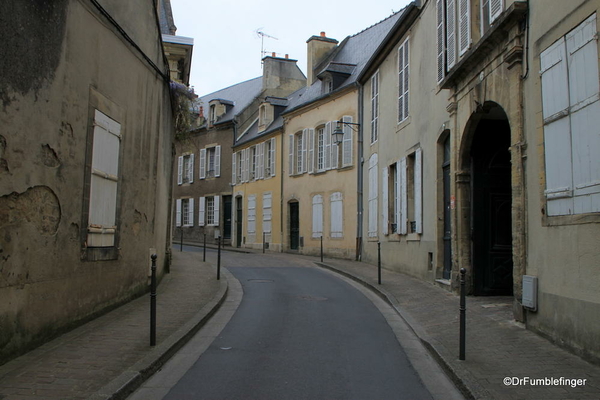
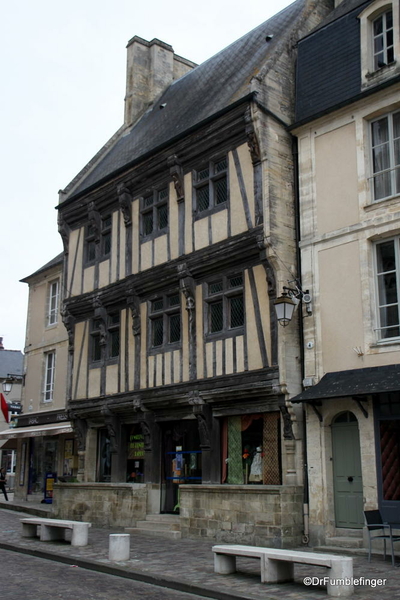
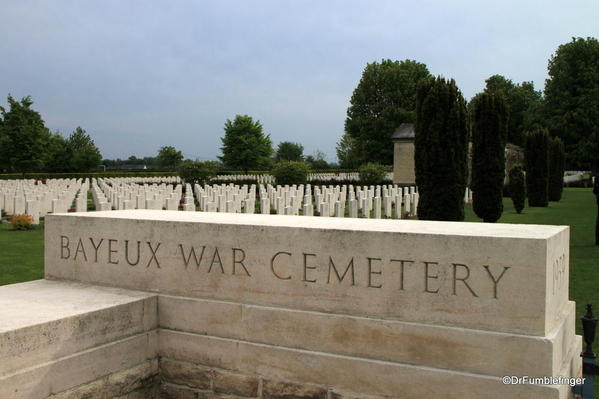
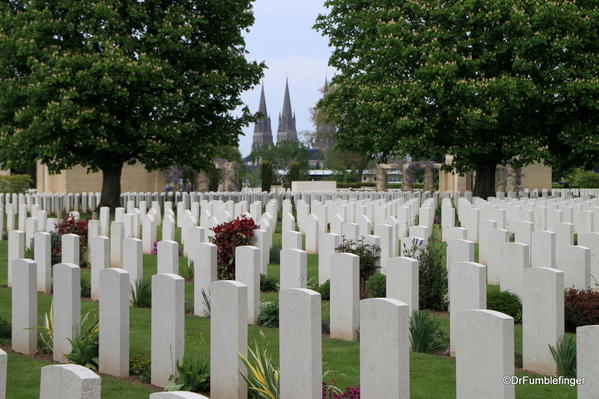
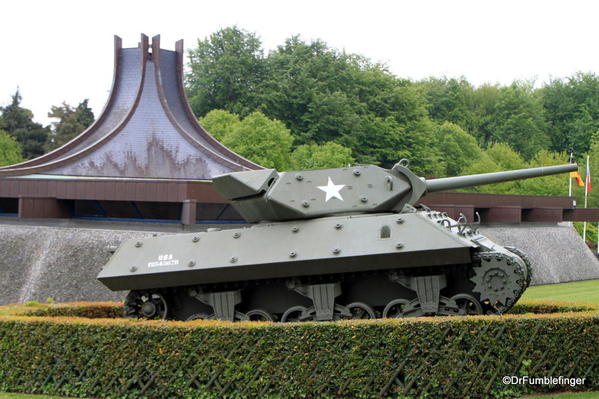
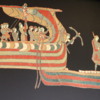
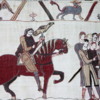
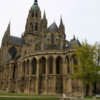
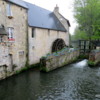
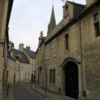
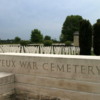
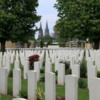
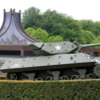
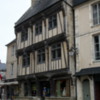
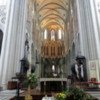

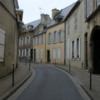
Comments (0)